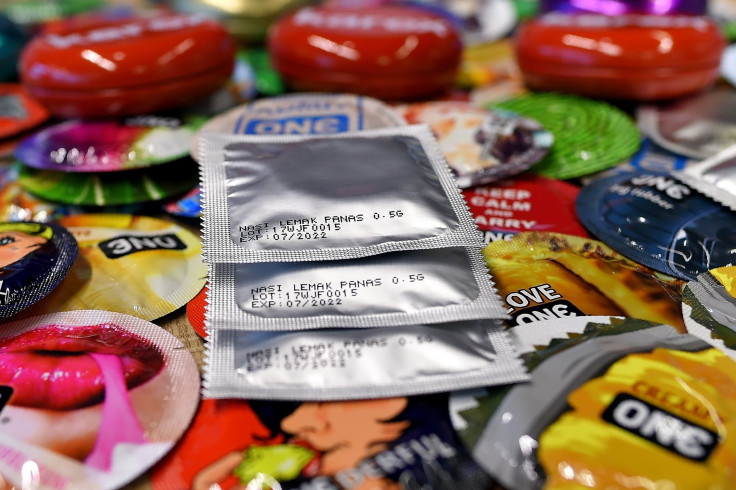Average Penis Size In U.S. Smaller Than Expected, FDA Approves Smaller Condoms

The U.S. Food and Drug Administration has approved smaller condoms for American men after recent studies show the minimum 6.69-inch length requirement is actually an inch longer than the average U.S. man’s penis.
Public health experts have been desperate to improve the rates of condom usage, with a recent federal study backed by the Centers for Disease Control and Prevention showing that only one-third of American men report using them during sexual intercourse. The agency cited ill-fitting condoms as a potential factor behind men refusing to use the only birth control method that protects against most sexually transmitted diseases. A common reason cited by men in the studies was that condoms often “slip off.”
The FDA changed its policy to allow and potentially approve custom-fit condoms from manufacturing companies that are shorter in length than the previous standard size condoms, which had to be at least 6.69 inches long. A recent Indiana University study found that the average length of American men’s penises is actually 5.57 inches.
“The idea was it had to be long enough to fit most men, and excess length could just be rolled,” said Debby Herbenick, a sexual health expert at Indiana University, to the New York Times. Herbenick and her team at the IU Bloomington Center for Sexual Health Promotion published a study on the erect penile length and circumference of 1,661 sexually active men. The men involved in the study self-measured the dimensions of their penises, both flaccid and erect. The 14.15 centimeter mean length and 12.23 centimeter mean erect circumference numbers were consistent with recent penile dimension studies.
Global Protection Corp. and Ron Frezieres at the Essential Access Health nonprofit told the Times that men often complained “condoms tend to slip off.” Study participants also reported that larger condoms provided another problem because “shorter men had a big roll of latex at the base of the penis.”
The researchers add that the way in which the men became erect had an impact on their length or girth.
“Findings suggest the mode of getting an erection may influence erect penile dimensions. Additionally, how a man becomes erect for self-measurement may be associated with his erect penile length and/or circumference,” write the study co-authors.
The Bill and Melinda Gates Foundation has awarded millions of dollars in grants in order to find alternative methods of making condoms more appealing. Cow tendon, skin fish and “ultra sheer wrapping condom” ideas have all met great fanfare but have fallen short in clinical trials.
Among the trials conducted by FDA are the “hang and squeeze” method, in which condoms are filled with water and squeezed for leaks and airbursts.
David Wedel, president of Global Protection Corp, says condoms have an image problem in society and that men’s perception of small condoms can cause them to abandon their use altogether.
“If they bought a small condom before and it was still too big, it’s horrible for men to have that experience,” said Wedel.
The FDA and the Centers for Disease Control and Prevention (CDC) both strongly recommend the use of condoms in both protecting against unwanted pregnancy and sexually transmitted diseases.
"It's important to use condoms to help reduce the spread of STI (sexually transmitted infections). These infections include HIV (Human Immunodeficiency Virus), chlamydia, genital herpes, genital warts, gonorrhea, hepatitis B, and syphilis. You can get an STI through having sex -- vaginal, anal, or oral," reads the FDA website.
© Copyright IBTimes 2024. All rights reserved.





















